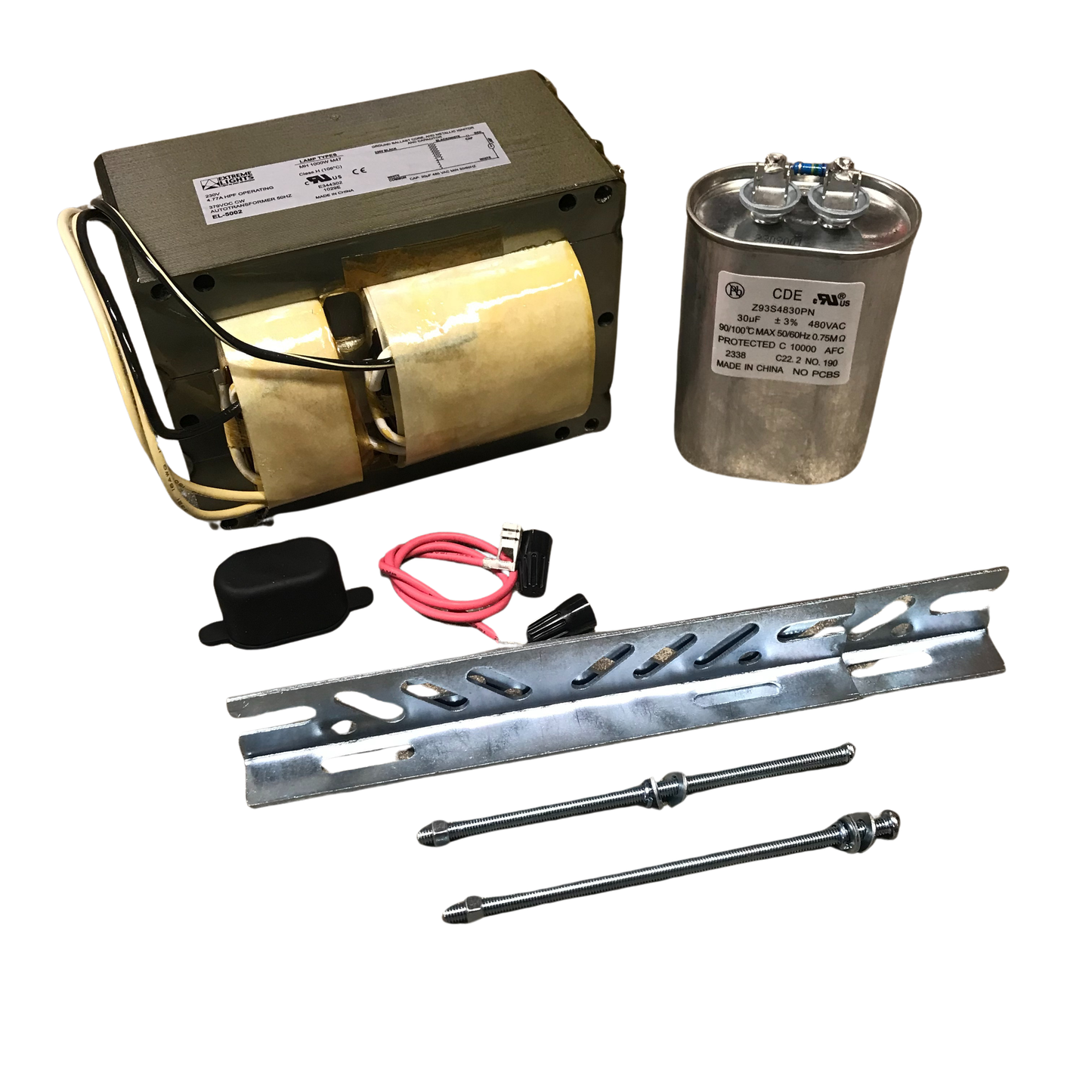1
/
of
1
Ballast BAMH1000-CWA/230EU for 1000W Metal Halide Fittings
Ballast BAMH1000-CWA/230EU for 1000W Metal Halide Fittings
Regular price
R 2 199
Regular price
R 0
Sale price
R 2 199
Unit price
/
per
Taxes included.
Couldn't load pickup availability
Contact Tel: 021 886 5479
Email: pieter@extremelights.co.za for enquiries
CONTACT US for Reseller PricingThis Ballast is used along with the TG1000 Metal Halide complete case with globe.
Features
Voltage Compatibility: The "230EU" in the model number indicates that this ballast is designed for use with a voltage of 230V
Core and Coil Design: The ballast is likely built with a core and coil design, which is common for HID (High-Intensity Discharge) lamp ballasts.
CWA Circuitry: CWA stands for "Constant Wattage Autotransformer," which is a type of circuit used in HID ballasts. It allows for a degree of control over the lamp's power output.
Compatibility: This ballast is specifically designed for use with 1000W Metal Halide lamps. Ensure that your fixture and lamp are compatible with this ballast.
Ignitor: It may include an ignitor as part of the ballast system, necessary for initiating the discharge process in Metal Halide lamps.
Thermal Protection: Some ballasts come with thermal protection features to prevent overheating. This can contribute to the longevity of the ballast and the connected lamp.
Specifications
-Input Volts: 240V-Regulation
Line Volts ±10%
Lamp Watts ±10%
-Line Current Amps)
Operating 4.70
Open Circuit 3.10
Starting 3.10
-Recommended Fuse (Amps ) 12
-Temperature Ratings
Insulation Class H
Coil Temperature Code B
Benchtop Coil Rise 74.12
-Power Factor (Min) 90%
-Input Watts 1070W
-Current Crest Factor 1.60
-Nom. Open Circuit Voltage 412
-Input Voltage at Lamp Dropout 140
-Minimum Ambient Starting Temp -20°F/-30°C
50 HZ Test Procedures
High Potential Volt Test:
One Minute 1,650V
1 Second 2,000V
Open Circuit Voltage Test (V) 380-444
Short Circuit Current Test (A) Min 4.95 Max 5.85
Input Current Min 2.30 Max 3.50
Capacitor Requirements
Microfads 30.0uf
Volts ( Min) 480V
Share


